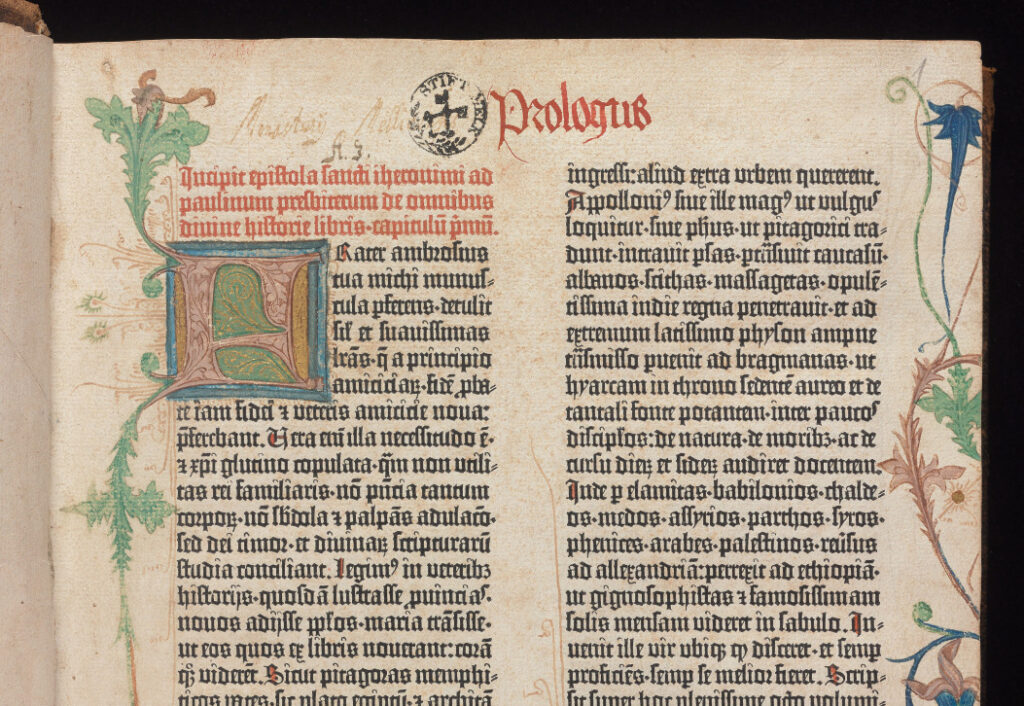
In the annals of human history, few artifacts hold as much significance as the pages of the Gutenberg Bible. Printed in the 15th century by Johannes Gutenberg, this masterpiece of bookmaking represents a pivotal moment in the evolution of communication, marking the dawn of the age of printing and the birth of the modern world.
The Gutenberg Bible: A Landmark Achievement
Commissioned by Johannes Gutenberg in the 1450s, the Gutenberg Bible, also known as the 42-line Bible or the Mazarin Bible, stands as the first major book printed using movable type in the Western world. Produced in Mainz, Germany, Gutenberg’s monumental undertaking revolutionized the way information was disseminated, laying the foundation for the spread of knowledge and the democratization of learning.
Each page of the Gutenberg Bible is a testament to the skill and ingenuity of its creator, featuring meticulously crafted typefaces, elaborate decorative elements, and richly inked illustrations. Printed on vellum or high-quality paper, these pages exemplify the artistry and craftsmanship that went into the production of this historic work.
The Impact of the Gutenberg Bible
The printing of the Gutenberg Bible heralded a seismic shift in the world of book production, democratizing access to knowledge and transforming the way information was shared. Prior to Gutenberg’s innovation, books were painstakingly copied by hand, making them rare and prohibitively expensive. With the advent of movable type printing, books could be produced more quickly and at a fraction of the cost, making them accessible to a wider audience.
The Gutenberg Bible played a central role in the spread of literacy and the dissemination of ideas during the Renaissance and beyond. Its influence extended far beyond the realms of religion and theology, shaping the development of literature, science, and philosophy in ways that continue to reverberate to this day.
Preserving a Cultural Treasure
Despite the passage of centuries, the pages of the Gutenberg Bible remain remarkably well-preserved, a testament to the enduring legacy of this iconic work. Institutions around the world, from libraries and museums to private collections, safeguard these priceless artifacts, ensuring that future generations will have the opportunity to experience firsthand the marvels of Gutenberg’s invention.
While the Gutenberg Bible may no longer hold the same practical significance it once did, its cultural and historical importance endures. Each page serves as a tangible link to the past, a reminder of the transformative power of the written word and the enduring legacy of human creativity and ingenuity.
As we marvel at the intricacies of the pages of the Gutenberg Bible, let us also reflect on the profound impact of Gutenberg’s invention on the course of human history. In a world where information is more abundant than ever before, the Gutenberg Bible stands as a testament to the enduring power of the printed page and the timeless quest for knowledge and understanding.